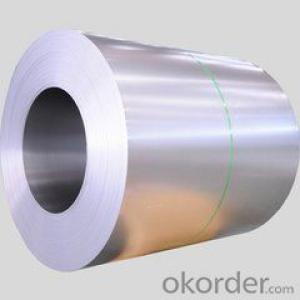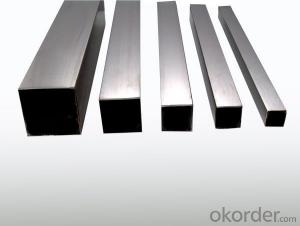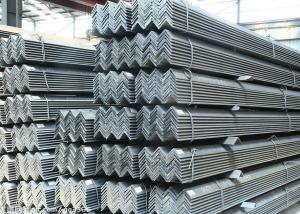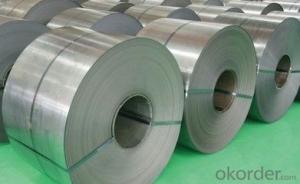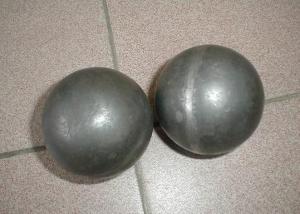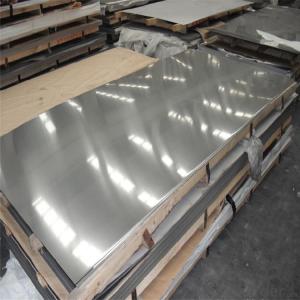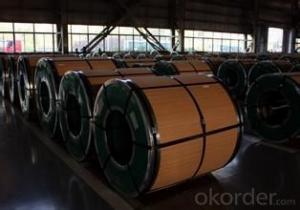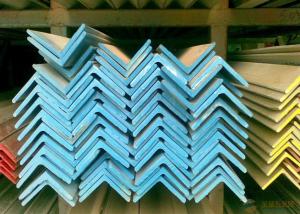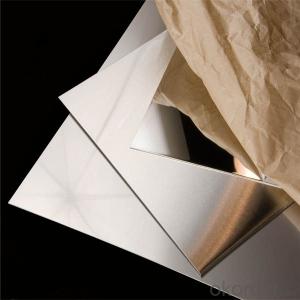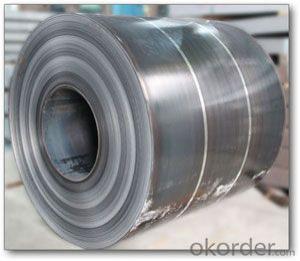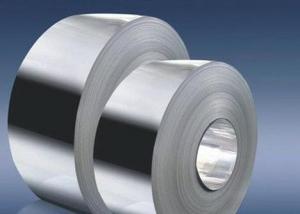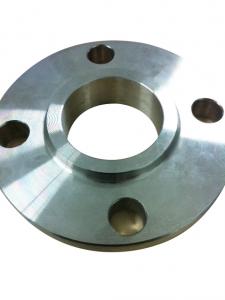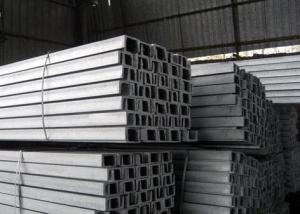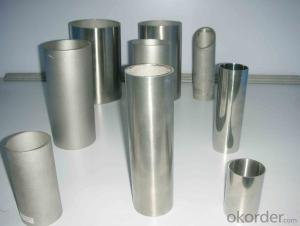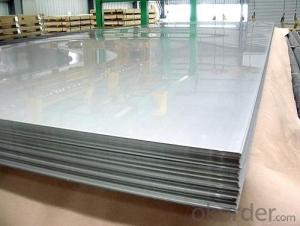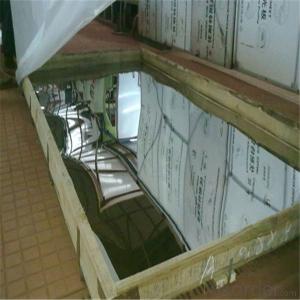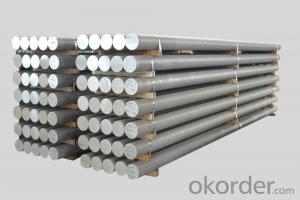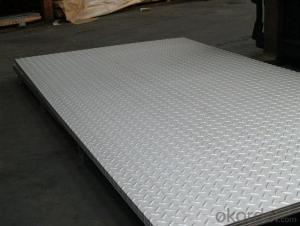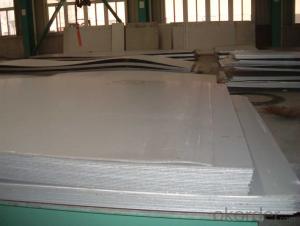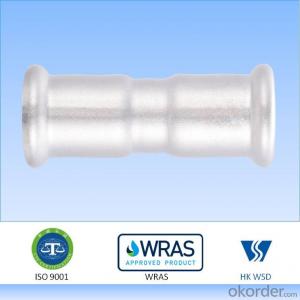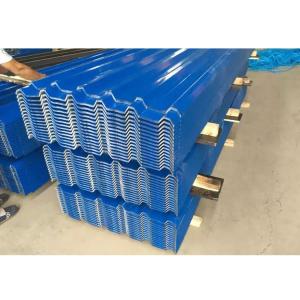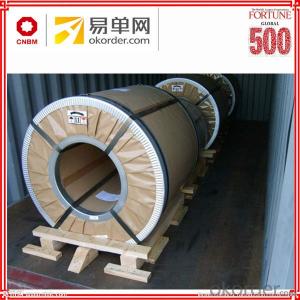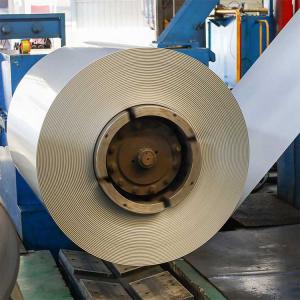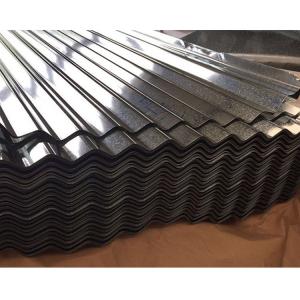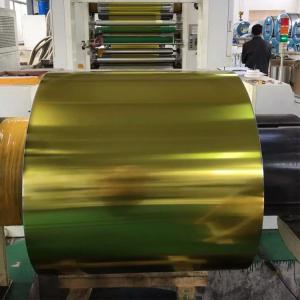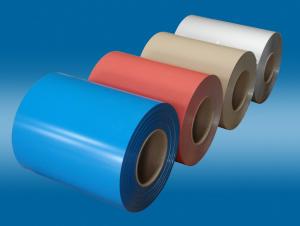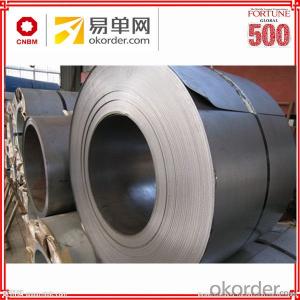304l Stainless Steel Properties
304l Stainless Steel Properties Related Searches
304 Stainless Steel Properties Stainless Steel 304 Properties 316l Stainless Steel Properties 316 Stainless Steel Properties Stainless Steel 316 Properties Stainless Steel Properties 303 Stainless Steel Properties 304l Stainless Steel 430 Stainless Steel Properties Properties Of Stainless Steel 410 Stainless Steel Properties 304 Stainless Steel Composition Density Of 304 Stainless Steel 304 Stainless Steel Density Density Of Stainless Steel 304 304 Stainless Steel Hardness 17 4 Stainless Steel Properties 304 Stainless Steel Price Type 304 Stainless Steel 304 Grade Stainless Steel 17-4 Stainless Steel Properties 316 Stainless Steel Composition 316l Stainless Steel 304 Stainless Steel Magnetic 304 Stainless Steel Food Grade Stainless Steel 316l Density Of 316 Stainless Steel Grade 304 Stainless Steel 304 Stainless Steel Tubing 304 Or 316 Stainless Steel304l Stainless Steel Properties Supplier & Manufacturer from China
304L stainless steel is a variant of the popular 304 grade, known for its excellent corrosion resistance and formability. This product is an austenitic stainless steel that is widely recognized for its superior properties, such as high strength and resistance to various environments. It is particularly appreciated for its ability to maintain these properties at lower temperatures, making it ideal for applications where cryogenic performance is crucial.The 304L stainless steel properties make it suitable for a wide range of applications and usage scenarios. It is commonly used in the production of various components in industries such as chemical processing, food processing, and pharmaceuticals. Its excellent resistance to corrosion and ease of fabrication also make it a popular choice for architectural and automotive applications, as well as in the manufacturing of household appliances and industrial equipment. The material's ability to withstand extreme temperatures and maintain its integrity makes it a reliable option for a multitude of demanding applications.
Okorder.com is a reputable wholesale supplier of 304L stainless steel products, boasting a large inventory to cater to the needs of various industries. The company prides itself on offering high-quality materials at competitive prices, ensuring that customers receive the best value for their investment. With a commitment to customer satisfaction and a focus on providing exceptional service, Okorder.com has established itself as a trusted source for 304L stainless steel properties.
Hot Products
